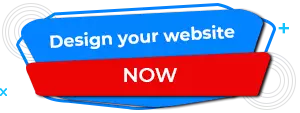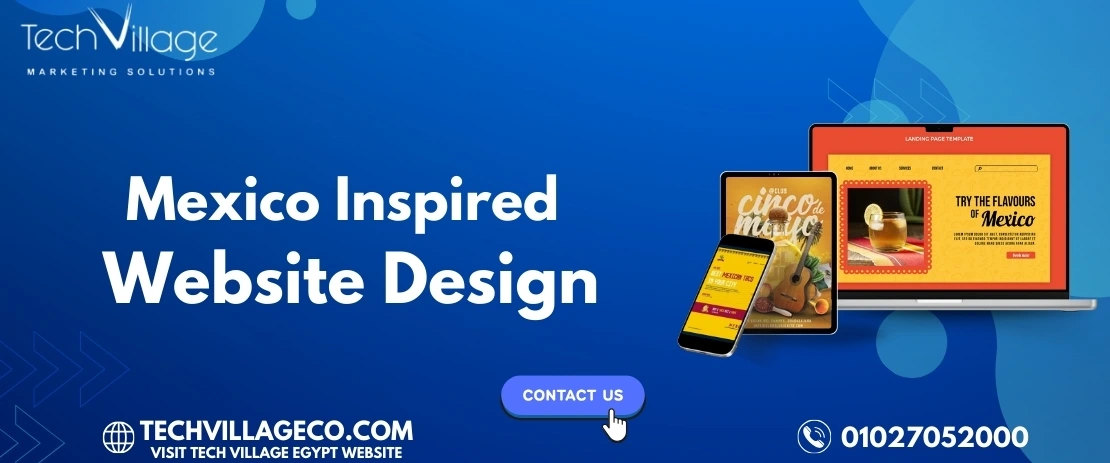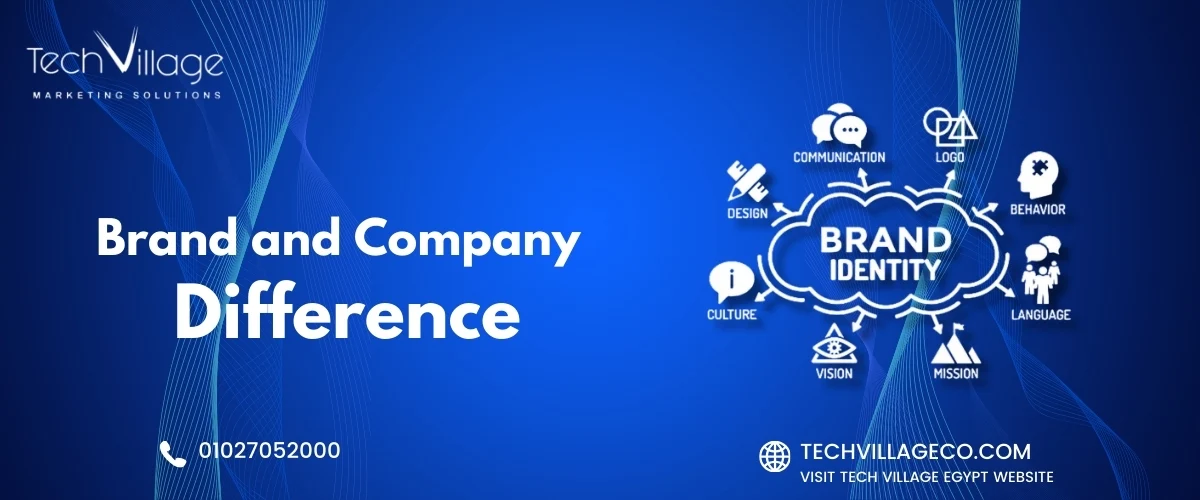In today’s competitive job market, the best recruitment website design is essential for attracting and hiring top talent. Whether you’re a small business, a large corporation, or a staffing agency, your website plays a crucial role in showcasing your employer brand, simplifying the application process, and engaging potential candidates.
A poorly designed recruitment website can lead to high drop-off rates, frustrated applicants, and missed hiring opportunities. On the other hand, a website with intuitive navigation, clear job postings, and compelling employer branding can boost application rates and attract the right talent.
Table of Contents
ToggleKey Elements of the Best Recruitment Website Design
The best recruitment websites include:
✔ User-friendly navigation – Making it easy for candidates to find and apply for jobs.
✔ Mobile responsiveness – Ensuring the website works seamlessly on all devices.
✔ Engaging employer branding – Showcasing company culture, mission, and employee experiences.
✔ Optimized job listings – Writing clear, SEO-friendly job descriptions.
✔ Fast-loading pages & SEO optimization – Improving search visibility and user experience.
What This Article Covers
In this article, we’ll explore:
✔ The key features of top-performing recruitment websites.
✔ Real-world examples of recruitment sites with outstanding design.
✔ Actionable tips on how to create an effective hiring website.
✔ Best tools and platforms for building a recruitment website.
✔ Common mistakes to avoid when designing a career site.
By the end of this guide, you’ll have a clear understanding of how to create a high-converting recruitment website that enhances your hiring success! 🚀
Read also: How To Design An Interactive Website.
Key Features of the Best Recruitment Website Design
A high-performing recruitment website does more than just list job openings—it provides a seamless user experience, reflects the company’s employer brand, and makes the application process as efficient as possible. Below are the essential features that define the best recruitment website design.
-
User-Friendly Navigation: Easy Job Search & Application Process
✔ Simple & Intuitive Layout – Job seekers should find job listings, filters, and application forms easily.
✔ Category & Keyword Filters – Allow candidates to search by location, job type, industry, or experience level.
✔ Quick Apply Options – Simplify the application process with options like one-click applications or LinkedIn integration.
💡 Example: Indeed & LinkedIn’s job portals offer clean, well-organized job search filters that improve candidate experience.
-
Mobile Responsiveness: Accessibility on All Devices
✔ Mobile-Friendly Design – With 70%+ of job seekers searching for jobs on their phones, a recruitment website must work flawlessly on mobile devices.
✔ Adaptive Job Applications – Ensure application forms are easy to fill out on a smartphone.
✔ Fast & Smooth Performance – Reduce load times to prevent candidates from abandoning the site.
💡 Example: Google Careers optimizes its site for mobile viewing, ensuring job listings and applications are fully functional on any device.
-
Compelling Employer Branding: Showcasing Company Culture & Values
✔ About Us & Careers Page – Highlight your company mission, values, and work environment.
✔ Employee Testimonials & Videos – Feature real employee experiences to build trust with potential hires.
✔ Diversity & Inclusion Statements – Show commitment to a positive and inclusive workplace.
💡 Example: Spotify’s Careers Page uses engaging videos and employee stories to showcase its unique work culture.
-
Engaging Job Descriptions: Clear & Persuasive Listings
✔ Structured Job Posts – Use bullet points for qualifications, responsibilities, and benefits.
✔ SEO-Friendly Descriptions – Optimize job postings with relevant keywords to appear in Google searches.
✔ Salary & Benefits Transparency – Clearly list compensation, perks, and career growth opportunities.
💡 Example: HubSpot’s job descriptions are concise, transparent, and highlight career growth opportunities.
-
AI & Chatbot Integration: Enhancing Candidate Experience
✔ Automated Chatbots – Provide instant responses to FAQs about job openings and application steps.
✔ AI-Powered Resume Screening – Suggest best-fit positions based on uploaded resumes.
✔ Personalized Candidate Journeys – Recommend relevant jobs based on a candidate’s search history.
💡 Example: Unilever uses AI-driven chatbots to engage with applicants, answer questions, and speed up the hiring process.
-
Fast Load Times & SEO Optimization: Improving Visibility & User Experience
✔ Speed Optimization – A fast-loading site improves candidate retention and reduces bounce rates.
✔ SEO-Optimized Job Listings – Ensures that jobs appear in Google for Jobs and other search engines.
✔ Secure & Reliable Hosting – Prevents downtime, keeping your job listings available at all times.
💡 Example: Amazon’s career site is optimized for fast load times, ensuring job seekers don’t leave due to slow performance.
want to save the effort and design your website professionally? then get it from Tech Village
Best Examples of Recruitment Website Designs
A well-crafted recruitment website is pivotal in attracting top talent and providing a seamless candidate experience. Below are five exemplary recruitment websites that excel in design and functionality, each offering unique features that set them apart.
-
CloserIQ
Overview: CloserIQ is a sales recruitment firm that connects top sales talent with leading companies.
Design Highlights:
- Clean and Professional Layout: The website features a minimalist design with ample white space, making it easy for users to navigate.
- Intuitive Navigation: Job seekers can effortlessly browse available positions, and employers can quickly find information on hiring services.
- Engaging Visuals: High-quality images and concise content effectively communicate the company’s mission and services.
Why It’s Effective: CloserIQ’s website offers a user-friendly experience with clear calls to action, facilitating easy engagement for both job seekers and employers.
Website: CloserIQ
-
24 Seven
Overview: 24 Seven is a creative recruitment agency specializing in marketing, digital, and fashion industries.
Design Highlights:
- Vibrant and Dynamic Design: The website uses bold colors and dynamic visuals to capture the creative essence of the industries it serves.
- User-Centric Interface: Features like job search filters and industry-specific navigation enhance the user experience.
- Compelling Employer Branding: Showcases success stories and testimonials, building credibility and trust with potential candidates.
Why It’s Effective: 24 Seven’s website reflects the creative industries it caters to, attracting candidates through its visually appealing and functional design.
Website: 24 Seven
-
Betts Recruiting
Overview: Betts Recruiting focuses on pairing revenue-generating talent with innovative companies.
Design Highlights:
- Modern and Sleek Aesthetics: Utilizes a contemporary design with a cohesive color scheme and engaging visuals.
- Streamlined Job Search: Offers an intuitive job search function with filters for location and job type.
- Informative Content: Provides valuable resources for job seekers, including blog posts and career advice.
Why It’s Effective: Betts Recruiting’s website combines modern design with practical features, making it a valuable resource for job seekers and employers alike.
Website: Betts Recruiting
-
Candidate Labs
Overview: Candidate Labs is a modern search firm that leverages data to connect top talent with high-growth companies.
Design Highlights:
- Data-Driven Design: Incorporates data visualizations to highlight success metrics and company performance.
- Clean and Organized Layout: Features a straightforward design with clear sections for candidates and employers.
- Interactive Elements: Engaging features like interactive graphs and client logos build credibility.
Why It’s Effective: Candidate Labs’ website effectively communicates its data-driven approach through a clean and interactive design.
Website: Candidate Labs
-
Hirewell
Overview: Hirewell is a recruitment firm specializing in various industries, including technology, human resources, and marketing.
Design Highlights:
- Professional and Trustworthy Design: Utilizes a corporate color scheme and professional imagery to establish trust.
- Comprehensive Job Listings: Provides detailed job descriptions with easy application processes.
- Resource-Rich Content: Offers blogs, podcasts, and webinars to support job seekers and employers.
Why It’s Effective: Hirewell’s website combines professionalism with rich content, serving as a comprehensive platform for recruitment needs.
Website: Hirewell
How to Create a High-Performing Recruitment Website
Building a high-performing recruitment website requires a strategic approach that combines design, functionality, and technology. Below are the essential steps to creating a website that attracts top talent and improves the hiring process.
-
Choosing the Right Platform: WordPress, Webflow, or Custom Development
✔ WordPress: Best for companies looking for an easy-to-use CMS with job board plugins like WP Job Manager.
✔ Webflow: Ideal for businesses that want a visually appealing, no-code design with smooth animations.
✔ Custom Development: Offers full flexibility for companies needing advanced features, AI integrations, and unique branding.
💡 Example: Google Careers uses a custom-built website with AI-driven job recommendations for candidates.
-
Designing for UX & Accessibility: Easy Navigation for All Users
✔ User-Friendly Layout: Simple navigation with job search filters, clear CTAs (Apply Now), and category sorting.
✔ Mobile Optimization: Ensuring the website is fully responsive for job seekers on smartphones.
✔ Accessibility Compliance: Following WCAG (Web Content Accessibility Guidelines) to make the site accessible for all users, including those with disabilities.
💡 Example: LinkedIn’s job search platform is optimized for mobile-first browsing and quick applications.
-
Integrating an ATS (Applicant Tracking System): Automating the Hiring Process
✔ Seamless Job Posting & Management: An ATS (Applicant Tracking System) helps HR teams post jobs, track applicants, and automate candidate responses.
✔ Resume Parsing & AI Matching: AI-driven ATS tools scan resumes and match candidates to relevant roles.
✔ Popular ATS Tools: Greenhouse, Workable, Lever, JazzHR.
💡 Example: Amazon Jobs integrates ATS software to manage thousands of applications efficiently.
-
SEO for Recruitment Websites: Optimizing Job Listings & Company Pages
✔ Job Posting SEO: Using relevant keywords, structured data, and Google for Jobs integration to increase visibility.
✔ Fast Load Times: Speed optimization ensures candidates don’t abandon the site due to delays.
✔ Backlink Strategy: Building authority by listing jobs on LinkedIn, Indeed, and company blogs.
💡 Example: Indeed’s job listings dominate search results due to SEO-friendly job descriptions and structured data.
-
Using Visual & Video Content: Employer Branding Through High-Quality Media
✔ Employee Testimonials & Video Interviews: Showcasing company culture through real employee experiences.
✔ Virtual Office Tours: Providing an inside look into the workspace and daily operations.
✔ Branded Imagery & Engaging Graphics: High-quality visuals that capture company values and mission.
💡 Example: Spotify Careers features behind-the-scenes videos and employee testimonials to attract talent.
Here’s: Website Development Company.
Common Mistakes to Avoid in Recruitment Website Design
Even the best recruitment websites can fail to attract top talent if they have poor design, slow functionality, or ineffective branding. Below are some of the most common mistakes to avoid when designing a career website.
-
Complicated Application Process: Avoiding Long Forms & Unnecessary Fields
❌ Problem: Many recruitment websites require lengthy applications with too many steps, causing candidates to abandon the process.
✔ Solution:
- Keep application forms short and simple—only ask for essential information.
- Offer one-click apply options using LinkedIn or uploading a resume.
- Provide progress indicators so applicants know how many steps remain.
💡 Example: Google Careers offers a streamlined application process with an option to autofill applications using saved details.
-
Lack of Mobile Optimization: Ensuring a Seamless Mobile Experience
❌ Problem: More than 70% of job seekers use mobile devices, yet many career sites are not optimized for mobile screens.
✔ Solution:
- Ensure the website is fully responsive with a mobile-first design.
- Optimize buttons, text, and forms for easy tapping and scrolling.
- Test the site on various screen sizes before launch.
💡 Example: LinkedIn Jobs is fully optimized for mobile browsing, allowing candidates to apply directly from their smartphones.
-
Poor Employer Branding: Failing to Highlight Company Culture & Values
❌ Problem: A lack of company branding and culture representation can make job seekers hesitant to apply.
✔ Solution:
- Showcase employee testimonials, office photos, and team videos.
- Highlight company values, mission, and career growth opportunities.
- Create a compelling ‘Why Work With Us’ section.
💡 Example: Spotify Careers effectively promotes its diverse work culture through engaging visuals and employee success stories.
-
Not Updating Job Listings: Keeping Job Postings Fresh & Accurate
❌ Problem: Outdated job listings can frustrate applicants and hurt company credibility.
✔ Solution:
- Remove expired job posts and update listings regularly.
- Use automated job posting tools to keep listings accurate.
- Allow candidates to set up job alerts for new openings.
💡 Example: Amazon Jobs ensures its listings are updated in real-time, preventing candidates from applying to unavailable positions.
Conclusion
A well-designed recruitment website is a powerful tool for attracting top talent and streamlining the hiring process. The best recruitment website design combines user-friendly navigation, strong employer branding, mobile optimization, and SEO to create a seamless experience for job seekers.
Recap of Best Recruitment Website Design Principles
✔ User-Friendly Navigation – Simple job search filters and an easy application process.
✔ Mobile Optimization – Ensuring the site is fully responsive on all devices.
✔ Strong Employer Branding – Showcasing company culture, values, and employee testimonials.
✔ Optimized Job Listings – Clear, well-structured descriptions that rank well in search engines.
✔ ATS & AI Integration – Automating hiring and improving candidate engagement.
Final Tips for Creating an Effective Hiring Site
✔ Keep the application process simple – Avoid lengthy forms that discourage applicants.
✔ Use engaging visuals and videos – Highlight your company’s work environment and employee stories.
✔ Regularly update job listings – Ensure all postings are fresh and relevant.
✔ Leverage SEO best practices – Optimize job descriptions for Google for Jobs and search engines.
Invest in UX, Branding, and SEO for Recruitment Success
A recruitment website is more than just a job board—it’s an extension of your employer brand. Investing in great UX, strong branding, and search engine optimization will help you attract, engage, and hire the best talent efficiently.
🚀 Ready to build a recruitment website that stands out? Start optimizing today and watch your hiring success grow!

 AR
AR




